How to Build an Agile Tech Workforce
Agile’ means more than just the methodology used to deliver projects. There is, in fact, a broader application of agile, which includes recruiting the right people when you need them.
Hiring managers can often assume building an agile and resilient workforce requires lots of trial and error – and a few costs along the way. But that doesn’t have to be the case.
Is it possible to build and nurture teams without having to start from scratch every time a team member resigns, a new client is onboarded, or when a new product feature is planned? Absolutely – and here are a few strategies to achieve it.
Commit to Regular Workforce Planning
Every organisation needs a workforce that can adapt to new tech, shifts in customer preferences, changes in regulatory requirements, and the odd black swan event. Nobody can predict the future with 100% accuracy, but workforce planning is the sensible way to bridge the gap between the known and the unknown.
Set aside time at suitable intervals (quarterly, bi-annually or annually) to identify your organisational strategy and goals, identifying any skills gaps and which resources may be best to fill them (such as hiring tech contractors or permanent employees).
From there, you can outline a working budget for employee headcount and then build an action plan for hiring people against specific timelines. Workforce planning is iterative, so you can continually monitor and revise plans as priorities and circumstances change. Most companies plan their workforce during EOFY (see: tips to maximise your recruitment budget).
Partnering with a technology recruitment agency – like us – can provide you with essential intelligence on skills availability, pay expectations and other market forces – essential for workforce planning.
Prioritise Skills Development
Following a workforce planning session, the next step is to address any skills gaps within your team, department or the organisation at large. Here’s a breakdown of what a skills strategy could look like:
Identifying emerging skills
Research industry trends and survey your customers or other stakeholders and identify the skills required to meet their current and future needs. Evaluate whether these needs can be met from within the organisation or whether they must be sourced externally, such as graduates or contractors.
Offering reskilling programs
Provide opportunities for your team members to upskill or transition to new roles within the organisation. This could involve offering training programs, tuition support, mentorships and secondments. The key is to encourage employees to take ownership of their professional development and provide them with support for ongoing learning.
Cultivating Fresh Talent
A host of tech companies have developed apprenticeship programs for young tech talent as part of a workforce agility strategy. By investing in the development of young professionals, you can build a future workforce that is more loyal and engaged.
Encourage Adaptability
Workforce agility is difficult to muster without the right attitudes amongst your team members. Hiring people with an adaptability mindset will always make it easier for a business to pivot quickly when necessary.
But adaptability is also something to cultivate with existing employees. This could be in the form of equipping them with the skills to adapt to changing circumstances. It could also involve streamlining decision-making processes and empowering teams to take calculated risks and experiment with new approaches.
An adaptability mindset ultimately flows down from the senior leadership team. As a manager, you lead by example, modelling the behaviours you wish to see in an agile workforce, such as transparency in communication. By keeping your teams informed about organisational changes and the reasons behind them, it’s easier to build trust and confidence.
Additionally, recognising and rewarding people for demonstrating an adaptability mindset can be a powerful way to build an agile workplace culture.
Champion Diversity
Diverse and inclusive workplaces are better equipped to handle new challenges. The advantages of a diverse workforce – including varied cultural experiences and perspectives – can lend themselves to more creativity and innovation, which are vital for organisational agility, along with better financial performance, as McKinsey research suggests.
Using diversity-focused recruitment practices, along with championing diversity and inclusion principles within the workplace can help leaders build a supportive workplace culture that remains flexible in the face of change.
Tap into a Wider Talent Pool
Building an agile, responsive and resilient workforce is possible with a holistic strategy, one that emphasises hiring for and cultivating the required traits. It’s not an overnight undertaking but is made easier with a knowledgeable and consultative talent partner. Whether you’re hiring tech contractors ahead of a major project or building out a new team, Emanate Technology can support you every step of the way. Get in touch with our knowledgeable technology recruitment specialists in Canberra, Melbourne, Brisbane or Adelaide to get started now.






